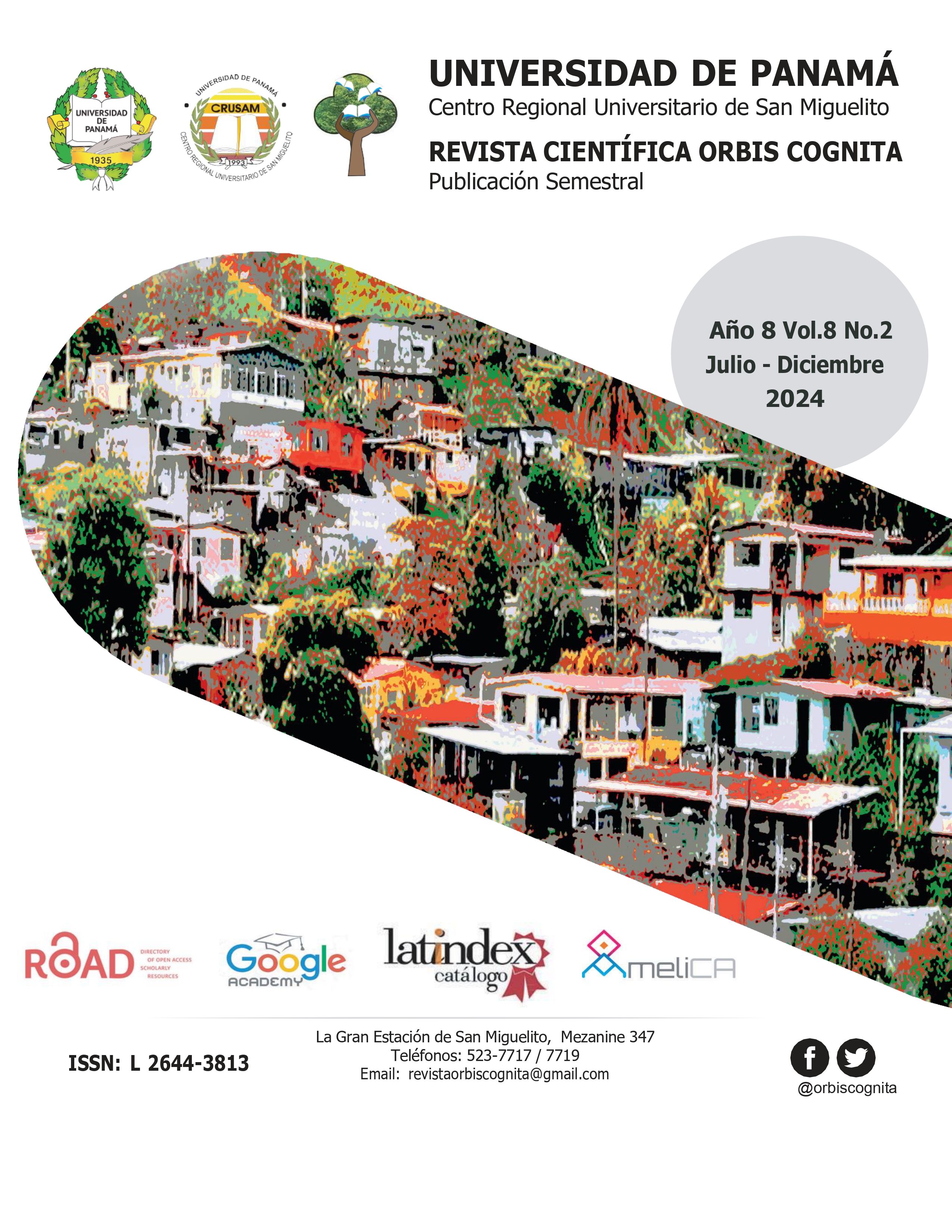

Copyright (c) 2024 Revista Científica Orbis Cógnita

This work is licensed under a Creative Commons Attribution-NonCommercial-ShareAlike 4.0 International License.
The pulpits had a predominant place throughout the viceregal period (16th and 17th centuries), as a place from where the priest explained the gospel (homily) out loud. In general, they presented elaborate iconographic ornamentation that corresponded, not only with the iconographic repertoire imported by the Spanish crown, but also with clear allusionsto botanical elements of the local context. Therefore, the objective of this study was to analyze the iconographic-botanical elements present in three pulpits of Panamanian churches: (pulpit of the Church of Santo Domingo de Guzmán-Parita, Cathedral of San JuanBautista, Penonomé and the church of San Francisco of Asís, Veraguas), belonging to the indigenous Baroque, and which present extensive ornamentation of plant elements typical of the local area. The methodology of this analysis is based on the interpretive hermeneuticparadigm in which each plant element is read, inferred or interpreted following three levelsof significance (pre-iconographic level (primary or natural significance of the work), iconographic level (secondary or natural significance of the work). conventional) andiconological level (intrinsic significance or content). In the analysis of each pulpit, the plantspecies that made up the ornamentation were identified, these are mostly native species withthe exception of Punica granatum (pomegranate-Lythraceae), a species typical of the Mediterranean. In the three pulpits studied, the presence of elements of indigenous character,inspired by nature, was evident, which provided the local baroque with a seal of identity thatsingles out these pulpits as part of the Panamanian indigenous baroque.